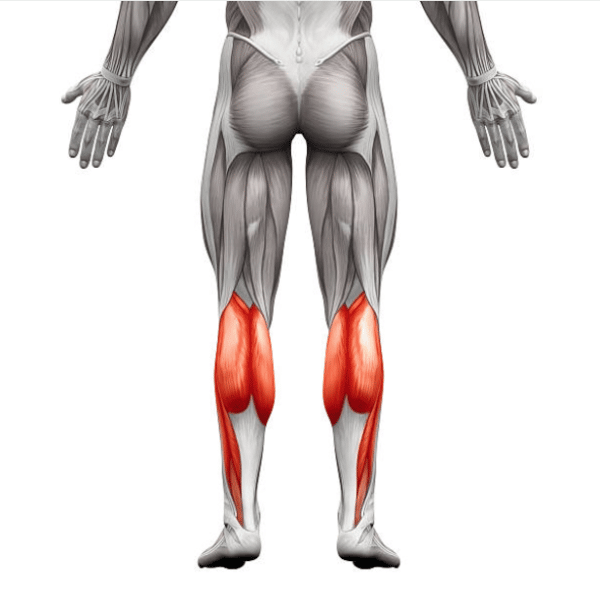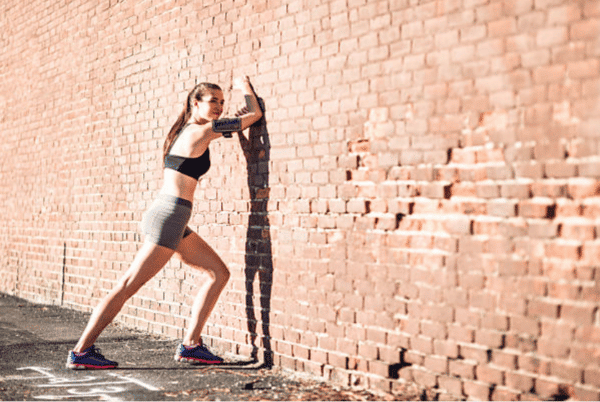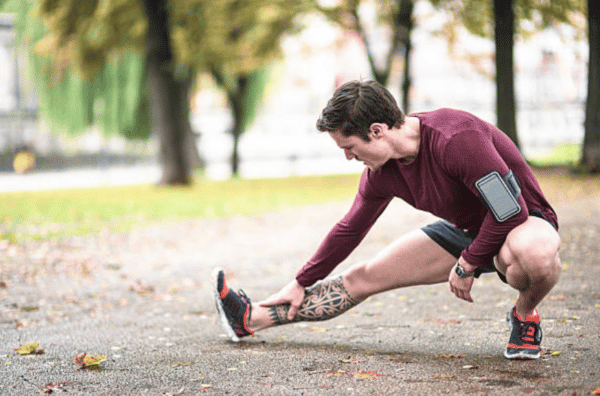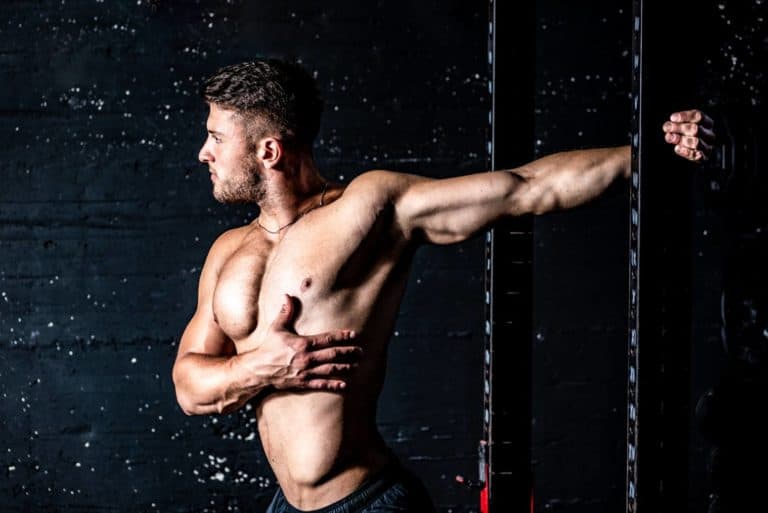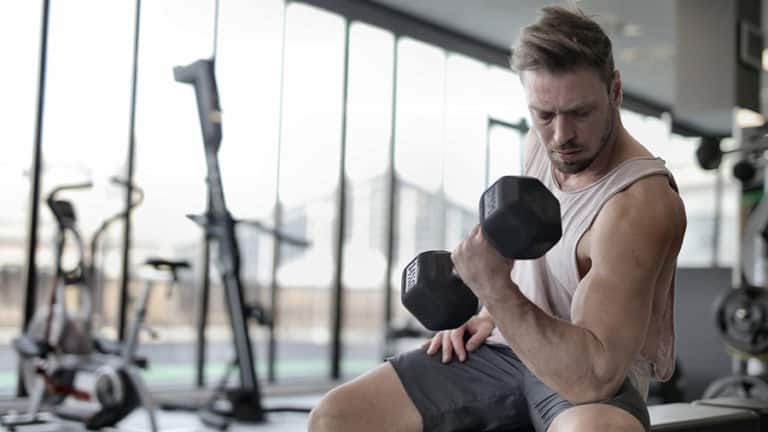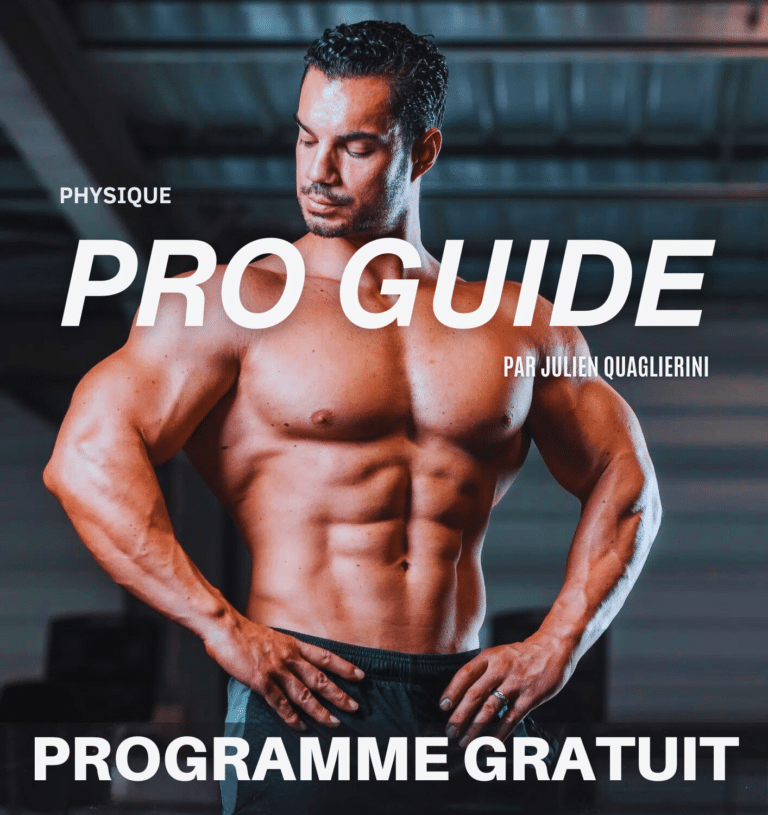Calf stretching: 4 exercises to relieve them
After a workout, it is essential to pay particular attention to stretching exercises. Stretching helps to relax the body, loosen muscles, prevent cramps and improve circulation. Stretching also improves spinal function and reduces muscle soreness. In addition, some exercises can be performed during the warm-up. The movements start from the neck, biceps, elbows, wrists, chest, trunk, hips, buttocks, thighs, knees, calves, ankles to the toes.
In this article, we'll cover the essential points to know about stretching positions for the calves and Achilles heel. In fact, these muscles are very much in demand when walking, running and doing cardio. The calf is made up of 2 main muscles (gastrocnemius and soleus), which can be the first targets of muscle soreness.
Not stretching can regress your physical performance during the next sports session. In addition, you may be exposed to different types of injuries. Here are some simple exercises that you can do after a physical effort.
Contents
For beginners
The first exercise is to stretch the gastrocnemius. Stand upright facing a wall, keeping a distance of about 1 metre. Next, move your left foot forward, bending it. The other foot should be straight, toes facing the wall. Hold your hands up and press your palms against the wall. Make sure your head, shoulders, hip and heel are in line. Your back should also remain straight and not bent. Another very important point is that the weight of your body should be fully supported by the foot you are walking on. You may feel very slight tension in your right calf. You should hold this position for 15 to 30 seconds, depending on the physical effort made. Repeat this exercise by advancing the other foot (the right one).
For intermediaries
- This second exercise is more or less similar to the first. Still in an upright position 1 meter from the wall, bend forward. Place your elbows and forearms against the wall for support. Transfer your weight to your upper limbs and extend your legs backwards. Hold this position for 15 to 30 seconds. You can also vary your distance from the wall, depending on the intensity you want. Above all, make sure that your back is not bent.
- This time you should stand parallel to the wall. Bend your right knee against the floor and lean forward. Place your hands on the floor for balance. Make sure your right heel is slightly off the ground. The left leg will be your support leg. Gently lower your heel to the ground to stretch your calf and Achilles heel. Repeat the exercise starting with the other foot. Be careful not to force the movements. Know your own limits and do simpler stretches if you feel this is too hard for you.
- This exercise requires the use of a step or other support. If you don't have one, a step will do. Stand upright on the support. Then place one of your toes on the edge of the support. Half of your foot (the back of your foot) should be in the air. Simply apply pressure to this same heel by pushing it down. Be careful not to bend the knee. You will feel a stretch in your calf. Hold this position for 15 to 30 seconds before moving to the other leg. You can also do the same exercise, but with both feet at the same time.
There are many other exercises you can do to stretch your calf. Feel free to do your research and choose the moves that are best for your body. You can also ask for advice from a sports coach if you get the chance.
Discover some articles dedicated to stretching different parts of the body:
A few tips
Apart from what is called dynamic stretching, make slow and precise movements for an optimal result. You must also achieve total muscle relaxation. You must feel that your muscles are well stretched. Don't forget to do some breathing exercises.
Above all, don't confuse stretching with warming up. The latter aims at doing rhythmic exercises until the body temperature is increased.
Also remember that stretching exercises that cause unusual pain in the area should be avoided.
It is important that the stretching positions are consistent with the type of physical activity being performed. Stretching the calves and Achilles tendon is especially necessary after jogging, jumping rope or cycling.
If you prefer a program established by a qualified coach :
Other articles to read :
Which shoes to choose for weight training?
How to do the deadlift correctly?
Special skipping rope program to lose weight


